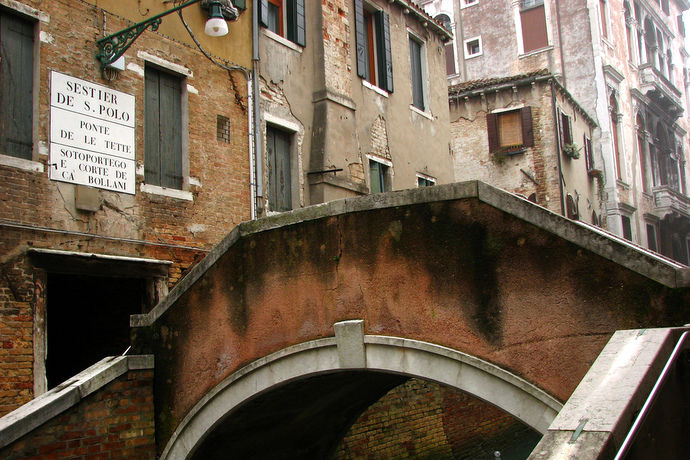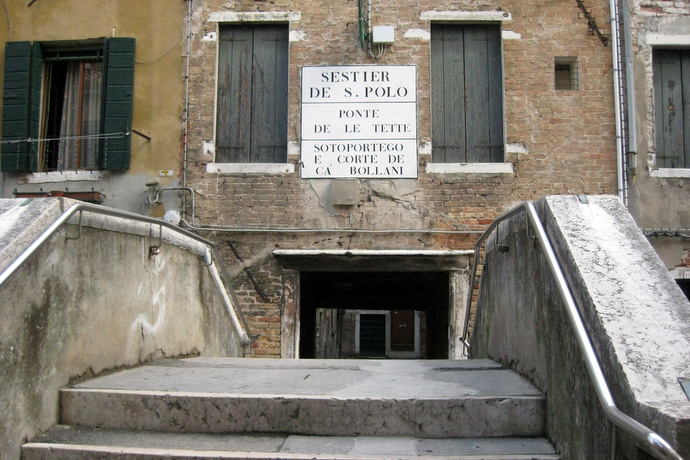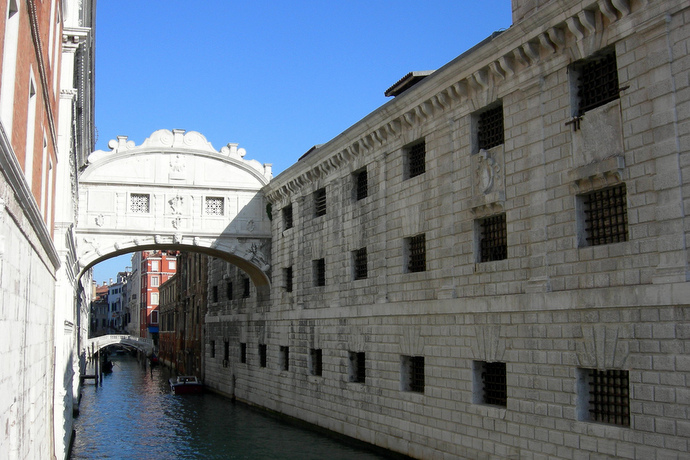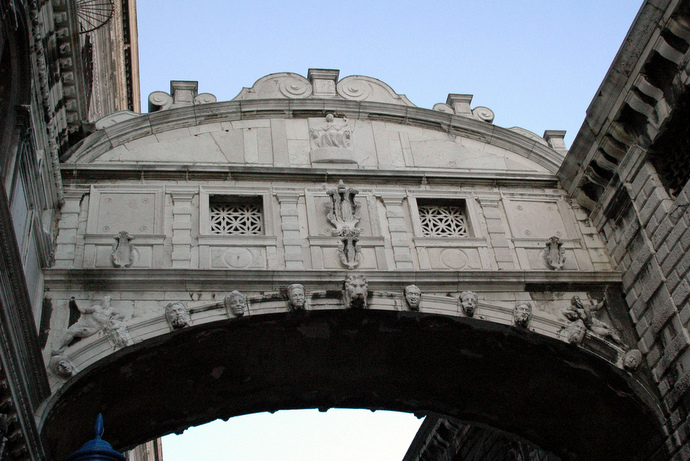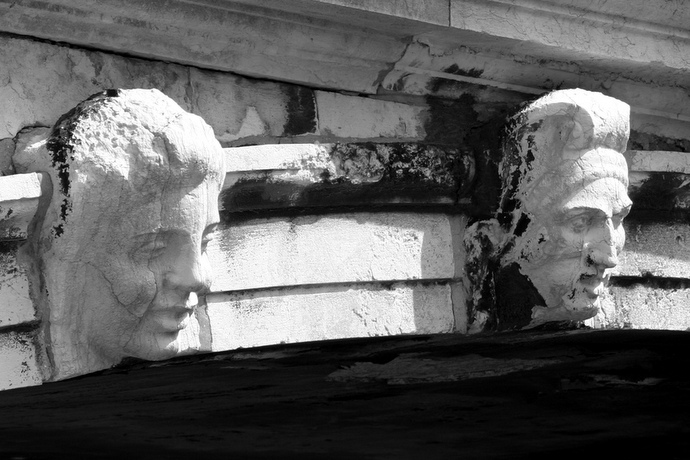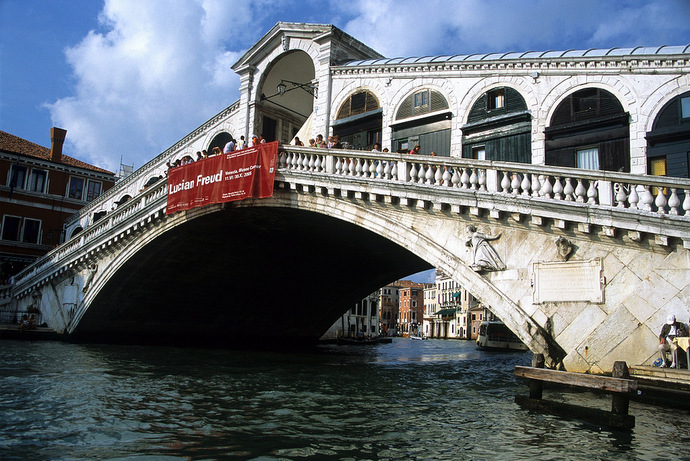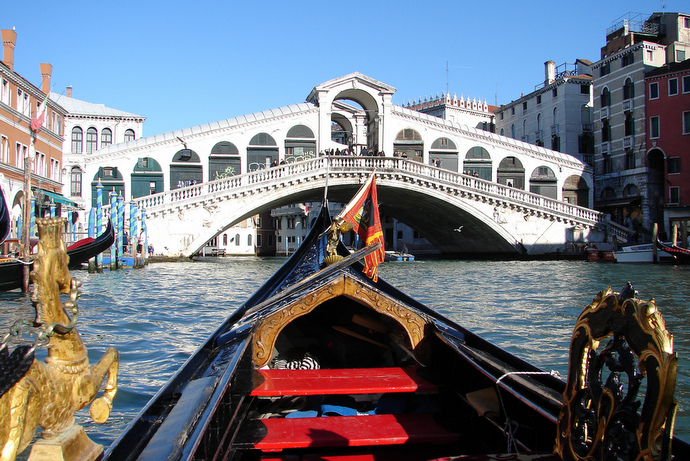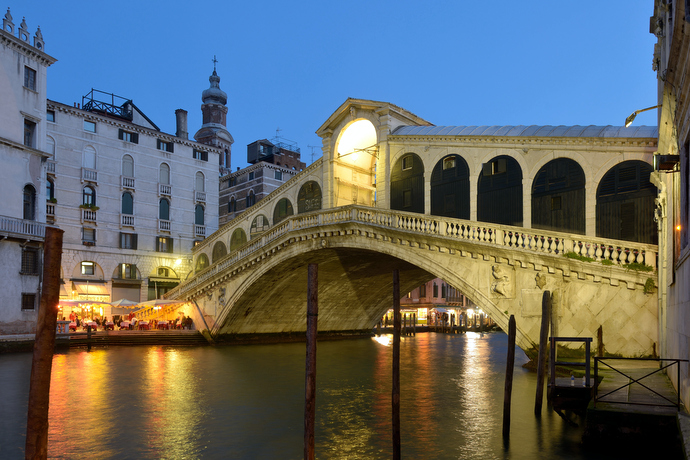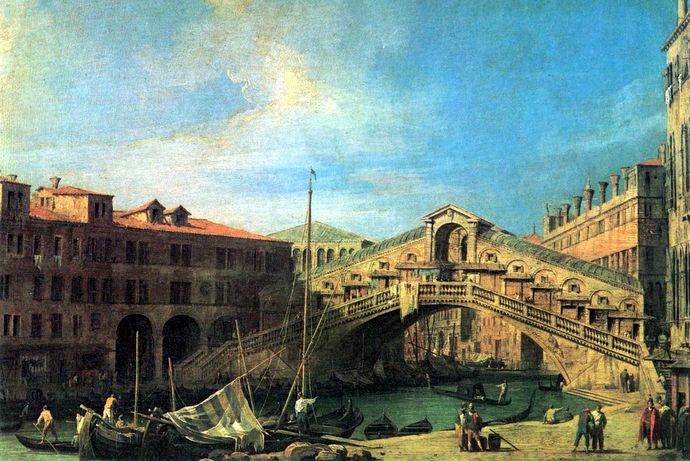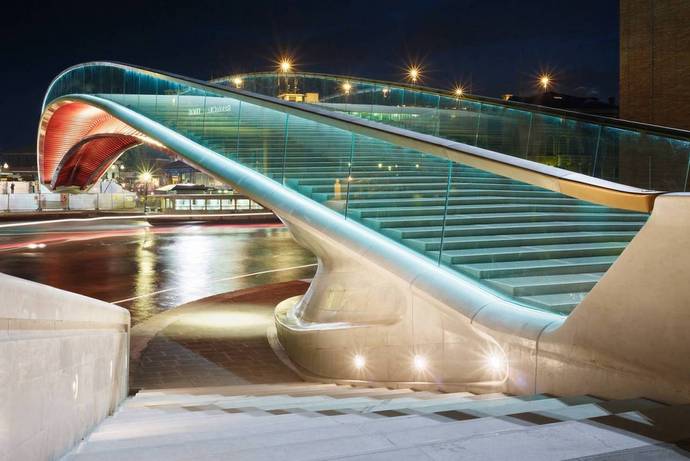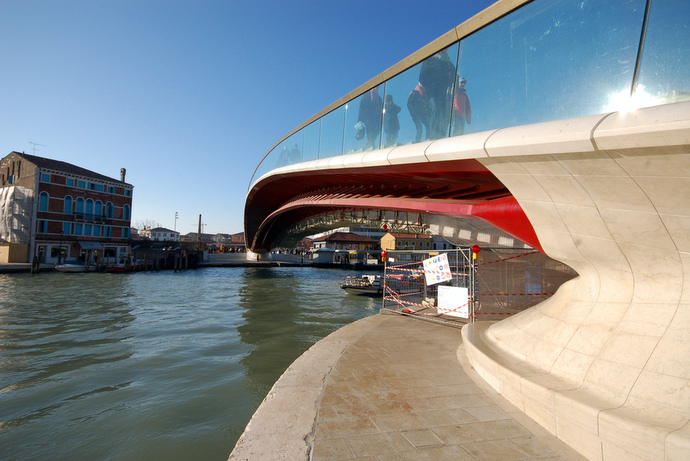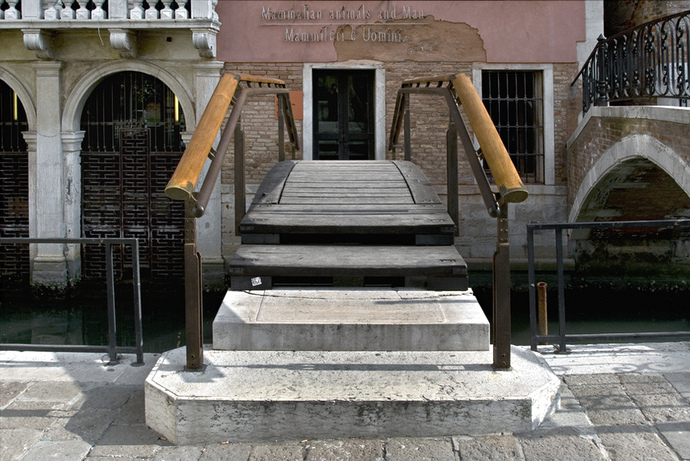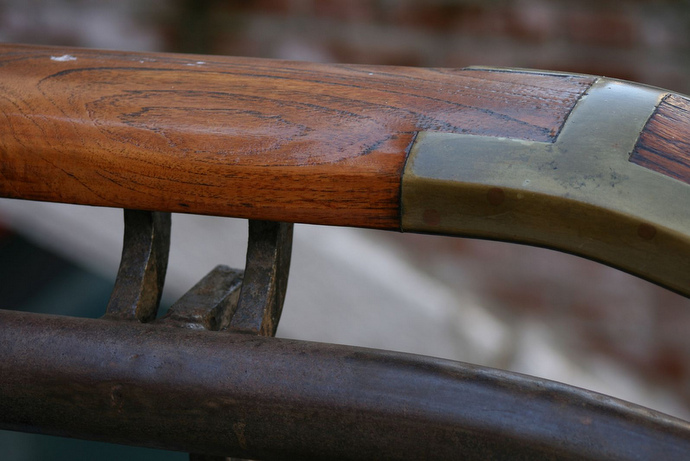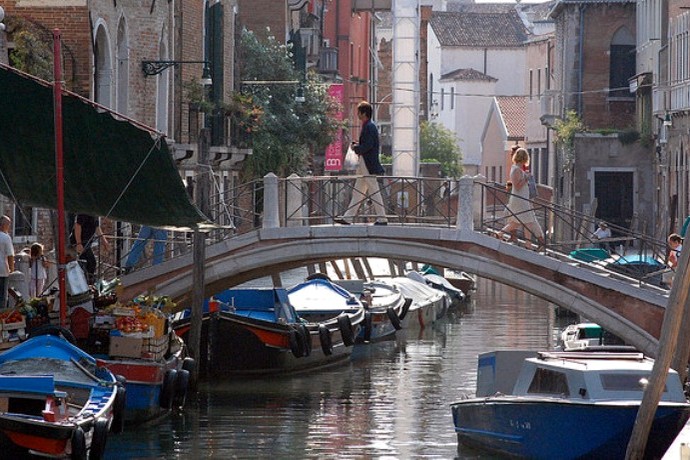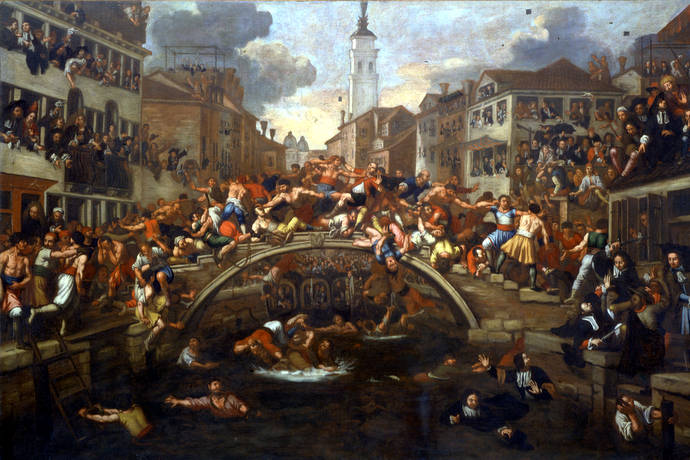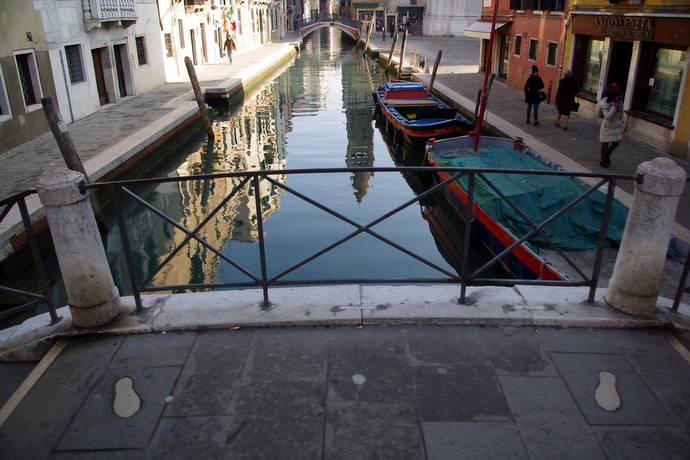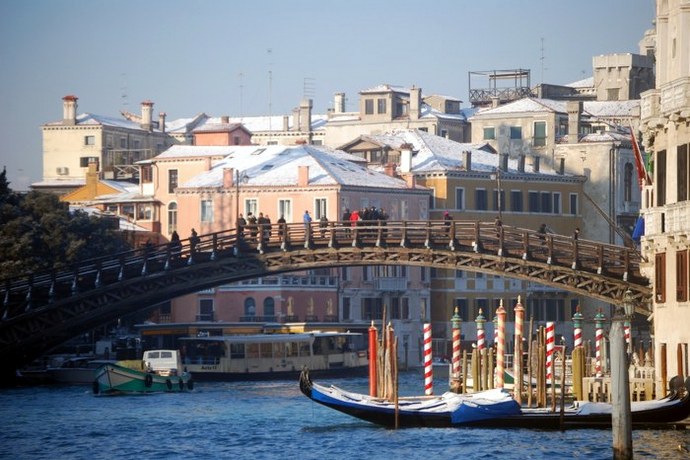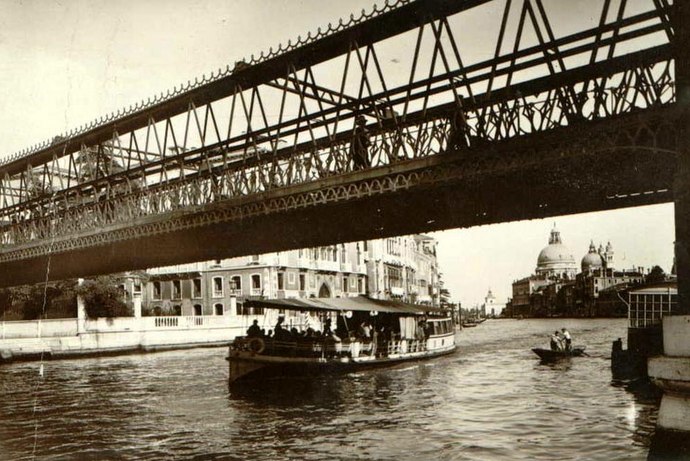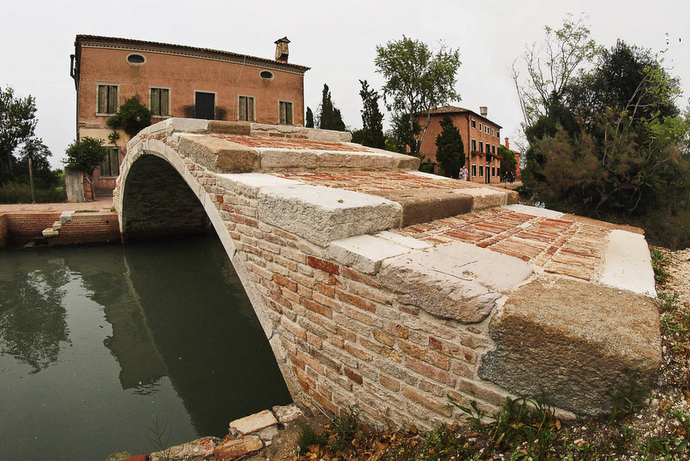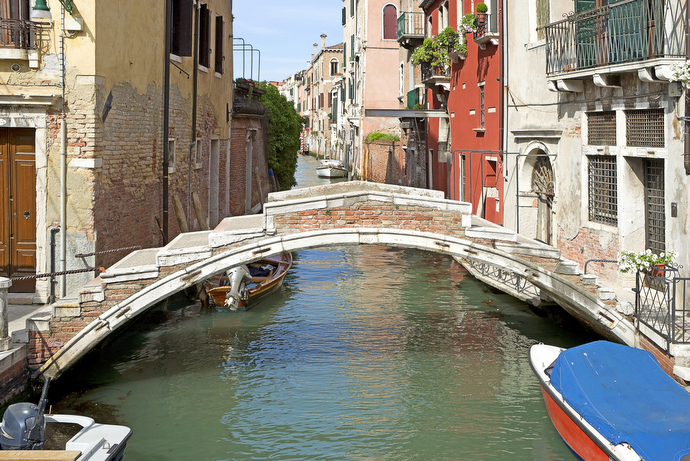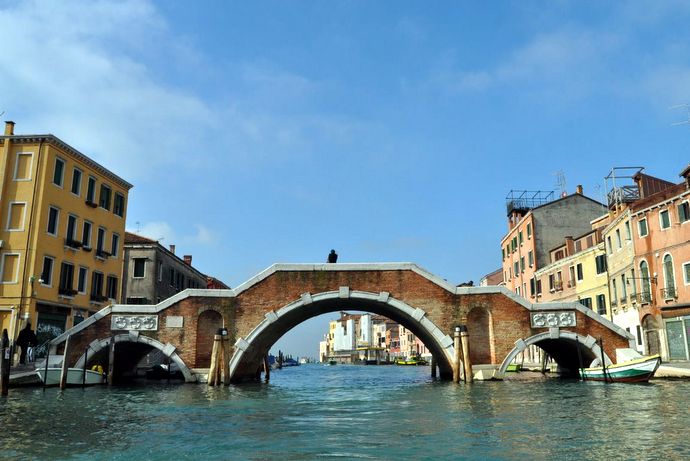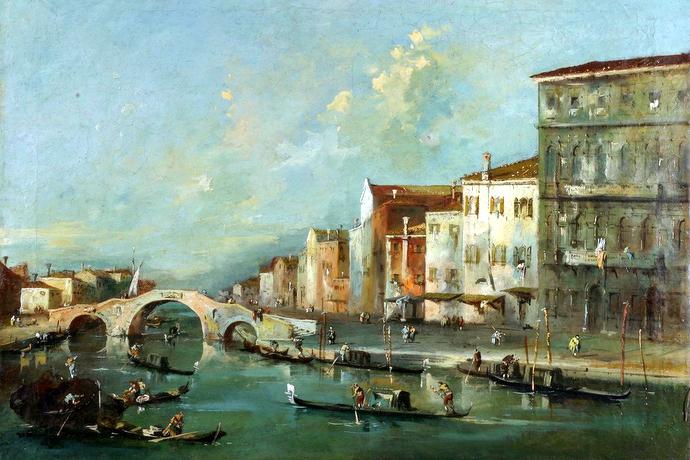10 bridges worth crossing
The ten most beautiful bridges of Venice
Venice, for obvious reasons, is the city of bridges: it has more than 400! And each one is prettier than the other. They’re all different: wood, iron, stone, crooked, intersected, private, small, high, low. We recommend you take a walk to see and photograph ten of the most unique bridges in Venice.
- The first one we suggest you see is the Ponte de le Tette, in San Cassiano. It’s located in the area known as Carampane, in the San Polo district. An area where prostitutes once walked the streets bare breasted to attract customers. From the windows above, in fact, the courtesans showed their beauty to those who crossed the bridge and those who went by on gondolas. In the year 1400, when homosexuality seemed to be spreading, the Venetian government issued an order to encourage the courtesans to appear semi-nude in public.
- One of the most symbolic places in Venice, but also among the most romantic, is the Ponte dei Sospiri, which can be admired either by the Ponte della Paglia in San Marco or by crossing it as you go to visit the Palazzo Ducale. The bridge, which is suspended over the canal and made of Istria stone, links the residence of the Doges of Venice with the prisons where Giacomo Casanova was imprisoned. The bridge is called “the bridge of sighs” because from its windows the convicts, who were condemned to death, cast one last look at the city and the lagoon.
- The view from the Ponte di Rialto is unparalleled. It is Venice’s most famous bridge and one of the four on the Canal Grande. It was initially a drawbridge made of wood to allow the passage of ships. Stores began being built on top of it in the first half of 1400s. However it was damaged and collapsed several times. Thus, in the sixteenth century it was built of stone, designed by Antonio da Ponte, and remained as we see it today. The Ponte di Rialto has shops that sell artistic glass, jewelry and clothing. Once you cross it you can head to the famous Rialto market.
- Another bridge worth seeing is the Ponte della Costituzione, more commonly known as the “Calatrava” which derives from the name of its designer, the Spanish architect Santiago Calatrava. It was completed in 2008 and it links Piazzale Roma to the train station. The structure is an arch made of steel and glass. It’s worth noting that from the top of the bridge, if you remain still, you can feel the elasticity of the structure, which seems to oscillate under your feet.
- The private ponte of the Biblioteca / Museo Querini Stampalia, in Campo Santa Maria Formosa, was designed by the Venetian architect Carlo Scarpa. Like all of Scarpa’s projects, this element is simple yet stylish and transforms a window into a door. The structure is made of iron, the rest is made of wood. A must see.
- The Ponte dei Pugni, close to Campo San Barnaba, has a fascinating story behind it. When you cross it you’ll notice at the central point of the top that there are four footprints made of Istria stone in memory of the ‘War of punches’ that took place here long ago. The Castellani from San Pietro di Castello and the Nicolotti from San Nicolò dei Mendicoli would challenged each other, as can be seen by antique prints, through punch-ups with the aim of throwing their opponents into the river. The team that remained standing on the bridge was considered the winning team. The game, however, gradually turned into a real brawl with seriously injured and even dead contenders, so that in 1700 the government prohibited it.
- The Ponte dell’Accademia is a large wooden bridge on an iron structure. It was built by Eugenio Mozzi (the same engineer who designed the Ponte degli Scalzi and the Ponte della Libertà, which connects Venice to the mainland!). It was originally designed as a temporary bridge while waiting for it to be built of stone. It was never replaced however and today it has become one of the symbols of Venice.
- There are two quite particular bridges: the Ponte del Diavolo a Torcello and the Ponte del Chiodo which crosses the Rio San Felice, close to the Misericordia. They are the only two remaining structures without parapets. Legend has it that the devil still appears every night on the bridge.
- The Ponte dei Tre Archi, on the Rio Cannaregio, is the only remaining bridge in Venice that has a structure with three arches. Its construction dates back to 1688 and was designed by Andrea Tirali. It’s worth noting that the bridge is quite low so in the event of high water the boats can’t go under it and anyone who wants to go to Piazzale Roma, therefore, must get off the boat and walk the remaining part.

